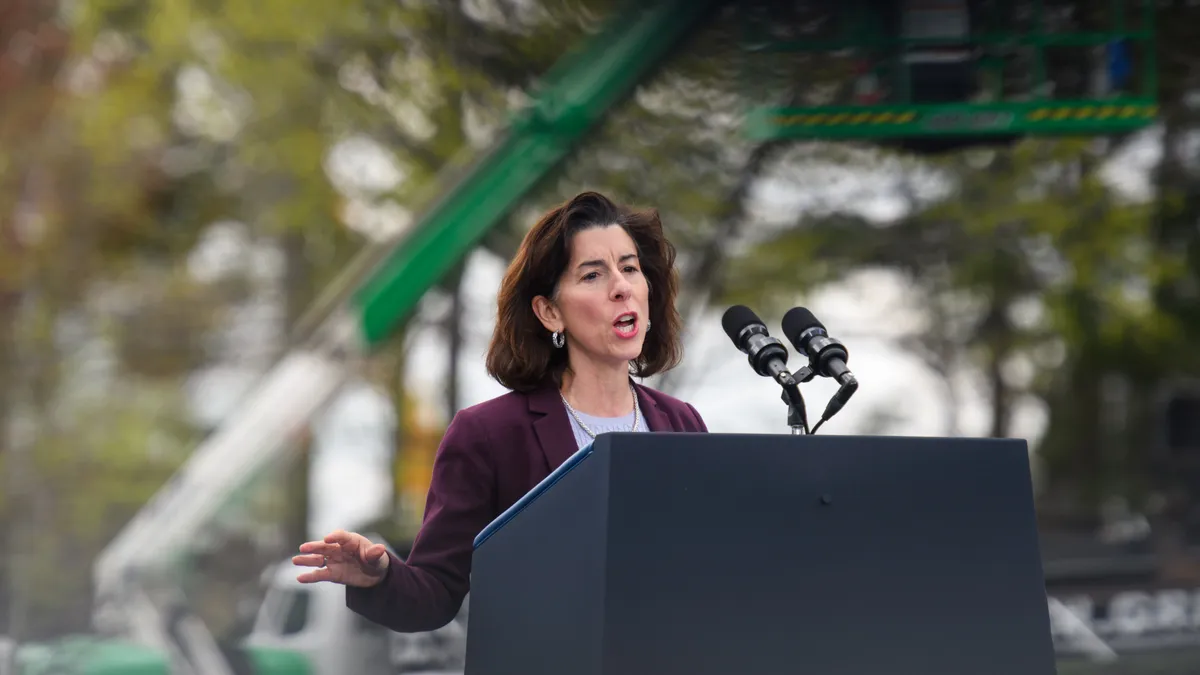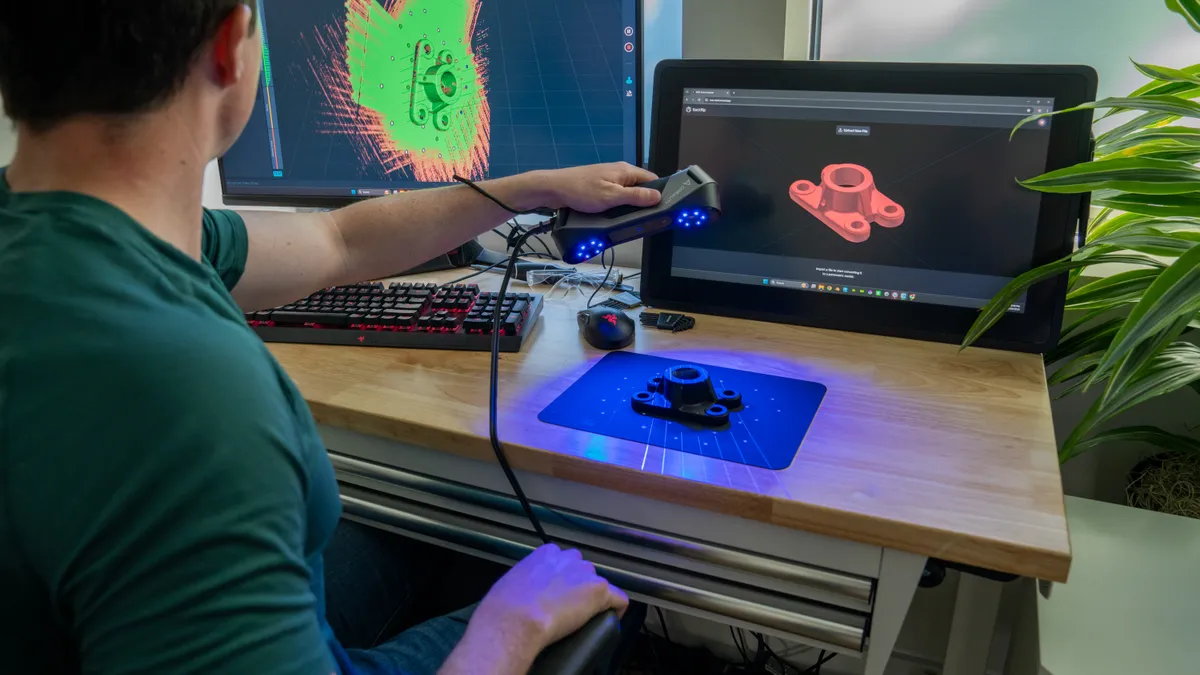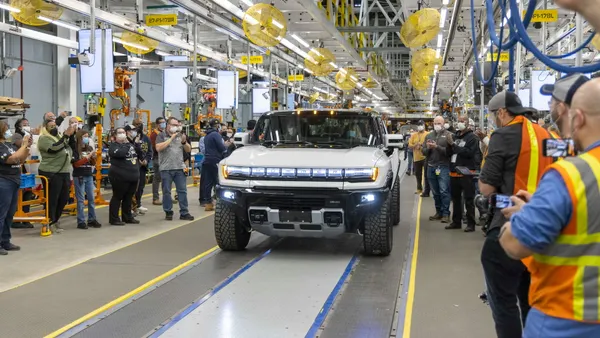The Commerce Department announced on Tuesday that it would create a National Semiconductor Technology Center, a new consortium that aims to boost U.S. chip research and development.
The program is part of the implementation of the CHIPS and Science Act, the massive stimulus package for the semiconductor industry that the Biden administration approved last year. The center will receive $11 billion for R&D funding, Commerce Secretary Gina Raimondo told reporters on Monday afternoon.
The NSTC seeks to expand U.S. leadership in the chip industry by reducing the time and cost associated with taking new semiconductor technology from the design to manufacturing stages, Raimondo said.
“If it goes right, the NSTC will ensure that the United States leads the way in the next generation of chip technologies, which will include future technologies that aren't even developed today,” Raimondo said. “Future technologies around quantum computing, artificial intelligence and many future applications that we haven't even thought of today.”
Officials outlined their vision for the center in a strategy paper released on Tuesday, including plans for research grants, an investment fund focused on supporting startups and a headquarters with convening spaces and financial operations.
Members of the consortium will also have access to emerging materials and process technologies, digital assets and design tools and a chiplet stockpile.
Officials have yet to select a headquarters for the center, which will eventually include a network of technical sites across the country, Raimondo said on the call. Once operational, the center will include researchers from both the chip industry and academia.
The program will include both physical space that semiconductor stakeholders can use to work together, as well as facilities for researchers to prototype and experiment with new semiconductor designs.
The idea, officials explained, is to create a more affordable platform for companies and research institutions to test and pilot manufacturing different kinds of chips.
The center will also focus on expanding the U.S. semiconductor workforce by offering training resources and programming. This includes a clearinghouse for best practices for workforce training programs and an effort to produce datasets about the chip workforce by working with universities and research institutions.
In addition to federal funding, the center will rely on a tiered membership fee structure as part of its financial backing. Members could include semiconductor manufacturers, integrated device makers, equipment vendors and even community colleges, Raimondo said.
Auto companies, which were hit especially hard by the chip shortage during the pandemic, are expected to participate, the Commerce secretary told reporters.
“I fully expect auto companies would want to participate so they can take advantage of the new designs and new technologies and new materials that come out of this,” Raimondo said.
The Commerce Department plans to issue a call on Wednesday for nominations for a selection committee to help choose the NTSC’s first board of trustees. The board will then form a nonprofit entity that will operate the center.
The Department hopes the center will be operational by the end of the year, though officials say development will happen in stages.
“Entrepreneurs and innovators will get help bridging the difficult journey to transfer a great idea into a marketable product,” Laurie Locascio, National Institute of Standards and Technology Director and Under Secretary of Commerce for Standards and Technology, said on the Monday call. “Across the nation, the NSTC will stimulate new ideas, advance the science for generations of semiconductors to come, train new generations of STEM professionals and support new endeavors.”














